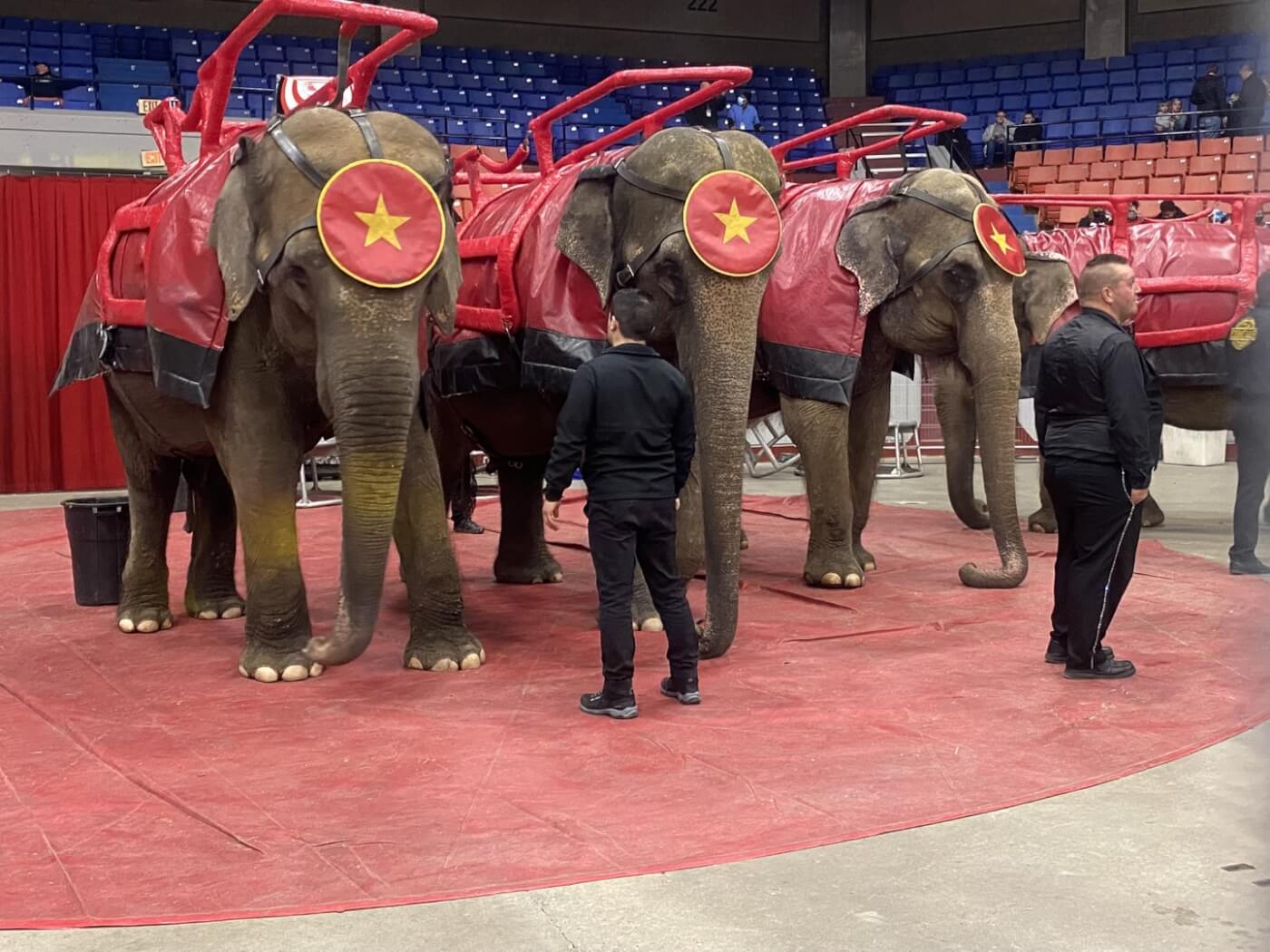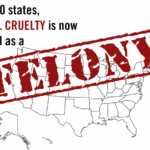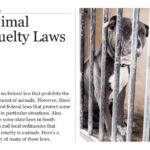Is circus animal cruelty still a global issue in 2025? This probing question surfaces in the wake of evolving attitudes toward animal rights and welfare. With the world increasingly adopting a more conscientious approach towards non-human life, the operational frameworks surrounding circuses are gradually being scrutinized and debated. But despite progress, profound challenges remain. So, let us embark on an exploration of the current circus landscape and the plight of its resident animals.
The traditional circus, characterized by a flamboyant display of feats, humor, and acts of daring, has long relied on a menagerie of exotic animals as part of its allure. These beings — lions, elephants, tigers, and even birds — astound audiences with remarkable tricks that are often steeped in a veil of bravado. However, many now question the morality of such spectacles. Are these abuses haunting their past still lurking in the shadows of 2025?
In many jurisdictions, laws and regulations have tightened in response to the outcries of animal rights advocates. Countries like the United Kingdom and countries across Europe have enacted prohibitive measures against the use of wild animals in circuses. Promised legislative reforms aim to protect these magnificent creatures from the relentless drive for entertainment. Yet, enforcement and penalties vary widely, revealing a tapestry of compliance, resistance, and ignorance that perpetuates suffering.
Despite legislative advancements, several countries still allow animals to perform, often under ethical pretenses. Proponents of animal-involved circuses argue that modern practices are more humane, emphasizing stringent training protocols and enriched environments. They propose a vision of coexistence — a perspective that many find difficult to reconcile. Indeed, the question of habituation and welfare remains critically contentious. Animals bred for performance often suffer psychological distress and physical ailments, a silent testimony to their exploited existence.
Consider the case of elephants in circuses — these majestic beings possess complex social structures in the wild. When captured, a lifetime of confinement reduces their rich personalities to mere spectacles for awe-struck audiences. Recent studies indicate that repetitive stress behaviors, akin to psychological trauma in humans, manifest in these animals under unnatural circumstances. The clashing dichotomy between perceived enjoyment and inherent suffering stands at the crux of ethical debates.
Furthermore, the technological revolution has carved out new avenues for entertainment that do not involve animal exploitation. Virtual reality experiences, animal-free performances, and innovative art installations increasingly draw crowds. As such alternatives arise, one might wonder: does this foreshadow the decline of animal-involved circuses? The allure of a well-crafted narrative that does not rely on living entities offers a healthier paradigm, one where creativity flourishes without subjugation.
However, as we revel in this newfound optimism, the existence of circuses employing animals cannot be disregarded. Across the globe, such establishments persist, often under the guise of tradition. In regions where socioeconomic factors dictate livelihoods, animals remain entrenched in these performance circuits, caught in an insidious cycle. For some, these spectacles provide community entertainment, which is challenged by an ever-evolving moral compass — it is a complex entanglement of culture and ethics.
Public awareness campaigns and grassroots movements are instrumental in amplifying the conversation. Social media plays an invaluable role, serving as a communication bridge that connects advocates with the deeply ingrained traditions of circus culture. Documentaries, viral posts, and petitions showcase harrowing realities faced by animals, evoking empathy and prompting action. As individuals learn the truth behind the glittering façade, an increasing number choose not to support such enterprises financially.
In conjunction with advocacy efforts, rehabilitation centers have emerged, providing sanctuary and care for animals rescued from circuses. These sanctuaries aim to offer rehabilitation, fostering environments where rescued creatures can flourish far from the clutches of performance exploits. The stories of these animals – be it joyful reintroduction into social groups or finding peace in their individuality – spark a deeper sense of connection to the broader fight against animal cruelty.
As 2025 progresses, the questions surrounding circus animal cruelty are far from resolute. Progress glimmers in the form of stricter regulations and shifting public perceptions, yet the reality remains disheartening for the many animals still enmeshed in performing arts. The changing landscape of entertainment serves as a beacon of hope, yet systemic barriers still perpetuate age-old issues of exploitation.
The future holds the promise of transformation fueled by collective consciousness. A society that prioritizes compassion over tradition and recognizes the intrinsic value of all beings can redefine the circus experience. As the debate unfolds, it stands to reason that a world without the exploitation of animals in circuses is not merely a far-off dream but a feasible reality that awaits diligent proponents of change.
With an awakening awareness and intensified advocacy, the trajectory of circus involvement with animals is shifting. Yet, as we press forward, we must remain vigilant, challenging the status quo and fostering environments where animals aren’t mere props, but respected beings — entitled to their well-being and freedom. As guardians of future generations, the responsibility lies with us to champion the cause against animal cruelty, ensuring that our societal advancements meld harmoniously with ethical considerations for all life forms.







